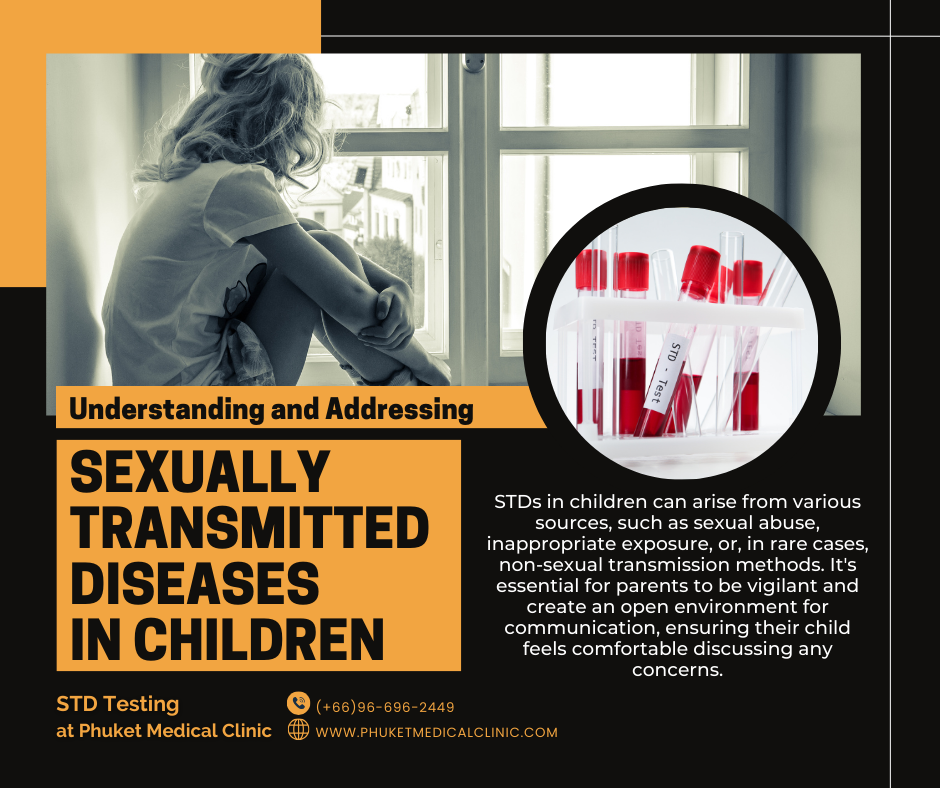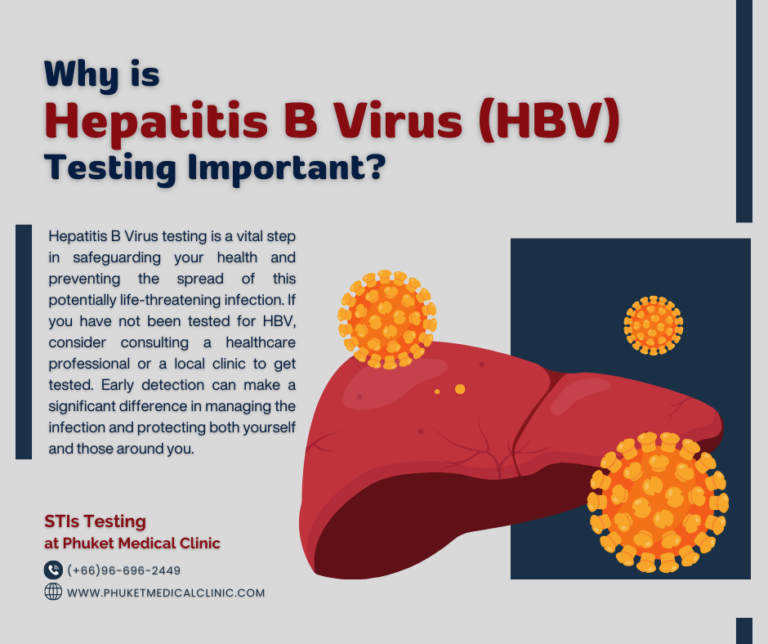In recent years, the prevalence of sexually transmitted diseases (STDs) in children has become a growing concern for parents and healthcare professionals alike. While it’s an uncomfortable topic to discuss, being informed is crucial for the well-being of our children. This article aims to shed light on the causes, signs, and preventive measures associated with STDs in children.
Causes of STDs in Children:
STDs in children can arise from various sources, such as sexual abuse, inappropriate exposure, or, in rare cases, non-sexual transmission methods. It’s essential for parents to be vigilant and create an open environment for communication, ensuring their child feels comfortable discussing any concerns.
Common STDs in Children:
Although rare, certain STDs can affect children. Syphilis, gonorrhea, and chlamydia are examples of infections that may be transmitted from an infected mother to her child during childbirth. Understanding the symptoms of these diseases is crucial for early detection and treatment.

Signs and Symptoms:
Recognizing the signs of STDs in children is paramount for timely intervention. Symptoms can vary depending on the type of infection but may include genital sores, pain during urination, unusual discharge, or skin rashes. Any concerning symptoms should prompt immediate medical attention.
Preventive Measures:
Prevention is key to safeguarding children from STDs. Educate your child about personal boundaries, appropriate touch, and the importance of communication. Encourage open dialogue about relationships, peer pressure, and the risks associated with early sexual activity. Additionally, routine medical check-ups can help identify and address any potential issues.
Communicating with Children about STDs:
Broaching the subject of STDs with children requires sensitivity and age-appropriate language. Use clear, simple terms, and tailor the discussion to their level of understanding. Reinforce the importance of personal hygiene, healthy relationships, and the significance of seeking help if they ever feel uncomfortable or experience any unusual symptoms.
Seeking Professional Help:
If you suspect your child may have been exposed to an STD or is exhibiting symptoms, seek medical attention promptly. Pediatricians and healthcare providers are trained to handle these situations delicately and can offer the necessary support and guidance.
Community and School Involvement:
Creating a supportive community is crucial in addressing the issue of STDs in children. Schools, local organizations, and parents can work together to implement comprehensive sex education programs that empower children with the knowledge and skills needed to make informed decisions.
While the topic of sexually transmitted diseases in children is undoubtedly challenging, it is one that cannot be ignored. Open communication, education, and vigilance are essential components in preventing and addressing STDs in children. By fostering a supportive environment and staying informed, parents can play a crucial role in promoting the health and well-being of their children.
STIs Testing & Treatment at Phuket Medical Clinic
Phuket Medical Clinic : Close, Expert Care. Dedicated Medical Professionals and Skilled Team providing Consultation and Treatment. Walk-in or Scheduled Appointments for Convenient and Efficient Services.
Book an appointment online : https://phuketmedicalclinic.youcanbook.me
Daily Open 🕙 10:00-18:00
Contact number ☎️ 096-696-2449
Line id : @pmcphuket or https://lin.ee/R1TKRDo
Map 📌https://goo.gl/maps/xu45eTQUTjgpukJa7
Website 🌐https://pmcclinicphuket.com
Feel free to consult with a doctor or ask further questions anytime.
Inbox : m.me/100483916443107
#healthcareclinic #คลินิกภูเก็ต
Phuket #Clinic #ภูเก็ตเมดิคอลคลินิก
#Phuketmedicalclinic






